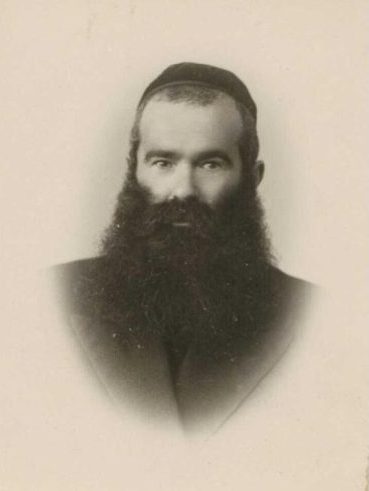Timeline
1883
On July 3, Sarah Schenirer is born in Kraków to Rosalia (Roza) Lack Schenirer and Bezalel (Zalel) Schenirer, owners of a dry-goods store. She is the third of the family’s nine children.
~1897
Sarah Schenirer is compelled to leave school after completing the eighth grade because of her family’s financial difficulties.
1903
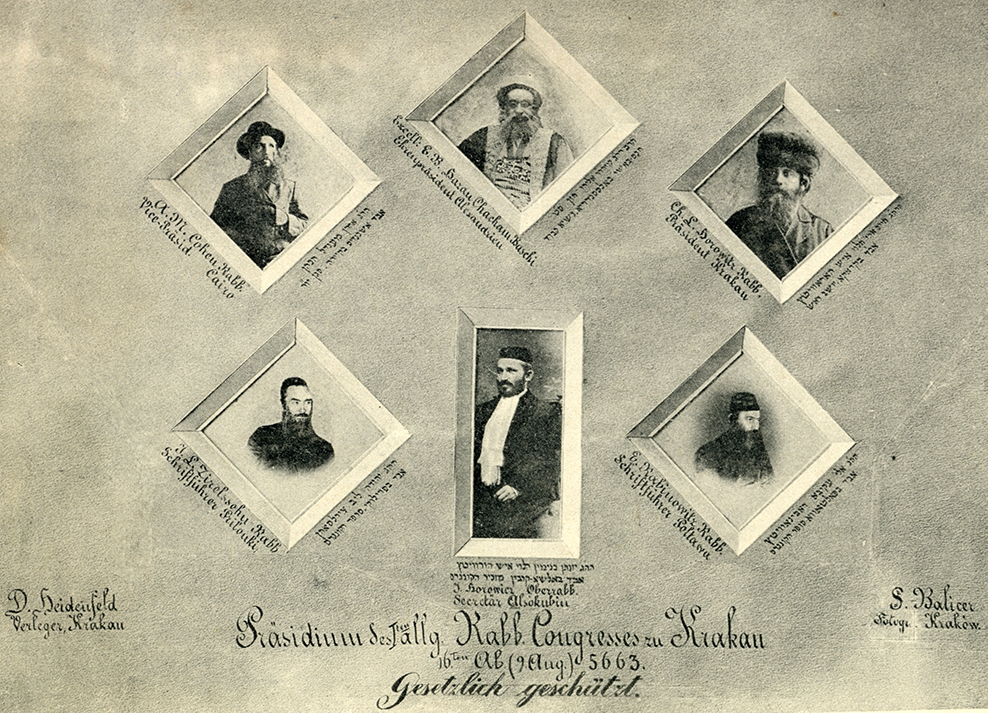
A Rabbinical Conference, initiated by Rabbi Mendel HaCohen, Ashkenazic Chief Rabbi of Cairo, is held in Kraków to discuss the difficulties confronting world Orthodoxy, including the defections of girls from religion. The solution, of organizing girls’ schools, is raised and rejected.
1910
Sarah Schenirer marries Shmuel Nussbaum, but is deeply unhappy and (after resisting pressure to remain married by Nussbaum and her parents) is divorced in the summer of 1913.
1912
The Agudath Israel is founded in Katowice, Poland, the product of collaboration between German neo-Orthodox activists and leaders of Eastern European Orthodoxy.
1914
With the outbreak of war, Sarah Schenirer flees to Vienna among a flood of refugees.
1914
Sarah Schenirer hears an inspiring sermon on Judith by Rabbi Moshe David Flesch in mid-December on the Sabbath of Hanukkah in the Stumpfergasse Synagogue, which she describes as setting her on the path of teaching girls Torah. She spends the next few months attending Rabbi Flesch’s lectures, and is introduced to the thought of Samson Raphael Hirsch.
1915-1917
Sarah Schenirer consults with her brother, who advises her to speak with the Belzer Rebbe, Yissochor Dov Rokeach. She travels to Marienbad, where her brother presents a note to the Rebbe (“She wants to lead Jewish girls along a Jewish path”) and receives his response: “Blessing and success.”
1915-1917
After returning to Kraków in the summer of 1915, Sarah Schenirer organizes a public meeting of Orthodox women and founds the Orthodox Girls’ Union. She stops working as a dressmaker and devotes her time to lecturing and assembling an Orthodox lending library. But she is dissatisfied with the fact that the adolescents she manages to reach are uninterested in strict observance and she decides to work with younger girls.
1916
With the German occupation of Poland, two neo-Orthodox activists, Dr. Emanuel Carlebach and Dr. Pinchas Cohn, initiate the modernization of Orthodox education in Poland and found a girls’ school in Warsaw, Havatzelet, which eventually becomes a small network of schools in and around Warsaw.
1917
Dr. Leo Deutschländer, serving as a liaison between the German government and Lithuanian Jewish communities, helps found the Yavneh Orthodox school system, which includes girls’ schools.
1917
In autumn, Sarah Schenirer opens a school in her two-room apartment on św. Katarzyny 1 #7. She writes that she has at first twenty-five students, but they quickly grow to forty. Most are the daughters of former customers.
1919
The Kraków chapter of Agudah Israel, under the leadership of Rabbis Asher Shapiro, Moshe Deutscher (later an Agudah representative in the Polish Sejm), and Meir Heitner, takes on the financial responsibility for the school, and names it Bais Yaakov, after Exodus 19:3, “So shall you say to the House of Jacob,” which is traditionally understood to refer to teaching Torah to women.
1921
Bais Yaakov now has four schools, the one in Kraków, and others in Ostrowiec z. Radom, Przemyśl, and Tarnów.
1922
A fifth school opens in Lutatów.
1923
Schools open in Będzin, Kołomyja, and Włocławek. Sarah Schenirer opens a teachers’ seminary in her apartment, to train students to staff the growing system.
1923
Eliezer Gershon Friedenson, a young Agudah activist, visits Sarah Schenirer’s seminary and decides to publish a newspaper to publicize the movement. The first, ten-page issue of the Bais Yaakov Journal appears in the autumn of 1923.
1923
The First World Congress of the Agudath Israel is held in August, and establishes Keren Hatorah, the foundation for Jewish education, with Dr. Leo Deutschländer as director. Keren Hatorah is charged with supporting and supervising Bais Yaakov and other Orthodox educational institutions.
1924
Dr. Deutschländer visits the Kraków seminary during an Agudah conference in the city and is both shocked at the primitive conditions he finds and impressed by the devotion of the students.
1924
By 1924, there are 54 Bais Yaakov schools, generally founded after a visit from Sarah Schenirer. These are supplementary schools, attended by pupils after (or sometimes before) their public school classes.
1925
The first Bais Yaakov Conference is held in February, at Havatzelet in Warsaw. Resolutions are made to professionalize the system, produce textbooks, standardize curricula, establish a central office in Warsaw, train teachers during intensive summer programs (Fortbildungskursen), and supplement Sarah Schenirer’s pedagogic role with teachers from German-speaking lands.
1925
The first Fortsbildungskurs is held in the village of Robów, with 48 teachers in training. Teachers include (alongside Sarah Schenirer), the university-trained Judith Rosenbaum (later Grunfeld), who is recruited by the Agudah president Jacob Rosenheim in Frankfurt, and Rosalie Mannes and Betty Rothschild of Zurich.
1925
Judith Rosenbaum becomes a major Bais Yaakov fundraiser in Central and Western Europe.
1925
Sarah Schenirer’s seminary moves from the two-room apartment on Katarzyny 1 to an eight-room apartment on Augustiańska 30. Schenirer retains her apartment on Katarzyny but also lives on Augustiańska with the students.
1925
The Bais Yaakov Journal begins to publish a children’s supplement, Kinder Gortn, which eventually becomes a separate publication.
1926
At a February conference in Łódź, Eliezer Gershon Friedenson founds the Bnos Agudath Israel, the Orthodox girls’ youth movement, from a number of existing informal groups.
1926-1927
The second and third Fortbildungskursen are held in Jordanów, with 98 and 76 students, respectively.
1927
The cornerstone for the Kraków Seminary, designed by the Agudah artist and illustrator Uriel Birnbaum, is laid at a grand ceremony on September 13, with speeches by rabbinic luminaries and Agudah activists and choral singing.
1927-1928
Bais Yaakov reports for this school year indicate that the system had grown to 87 schools with nearly 11,000 pupils.
1928
Rabbi Tobias (Tuvye) Horowitz is sent to the United States to raise $25,000 for the construction of the seminary building. He remains there for two years, working with the American Beth Jacob Committee headed by Rabbi Leo Jung and including Sue Golding, Rebekah Kohut and Frieda Warburg. Cyrus Adler, of the Joint Distribution Committee, helps secure major support.
1928
Eliezer Gershon Friedenson founds a press in his Łódź office to publish Bais Yaakov literature; the first publication is the textbook Yahadus [Judaism], by Sarah Schenirer. Alexander Zyshe Friedman, Orthodox journalist and Secretary General of the Polish Agudah, writes the first Hebrew textbook for the movement, Ivri anokhi.
1928-1930
The fourth, fifth and sixth Fortbildungskursen are held in Rabka, for between 124 and 240 participants, including teachers-in-training and already-serving teachers.
1929
At the Second World Congress of the Agudath Israel, held in September in Vienna, the Neshei Agudath Israel, the women’s organization of the Agudah, is founded, with 150 delegates in attendance. Neshei is closely linked with both Bais Yaakov and Bnos.
1929
Under the influence of Nathan Birnbaum, Bnos and Bais Yaakov begin to encourage the use of Yiddish. They adopt the Yiddish orthography established by Shloyme Birnbaum, establish Yiddish as the language of public Bais Yaakov events, and stop publishing Wschód, the Polish supplement of the Bais Yaakov Journal.
1930
A teachers’ seminary opens in Vienna, under the directorship of Dr. Leo Deutschländer.
1931
The new five-story seminary building in Kraków opens at św. Stanisłąwa 10, and Sarah Schenirer marries Rabbi Yitzhok Landau.
1931
In August 15, 1931 a Bais Yaakov was opened in Rădăuţi, Romania next to the “Wiznitzer” synagogue. Josef Hecht contributed 300,000 lei to the construction.
O scurtă istorie a evreilor din Rădăuţi
1933
The Chofetz Chayim issues a letter of approbation for Bais Yaakov, defending the need for such education against local Orthodox opposition in the town of Fryšták.
1933
Publication of Sarah Schenirer’s Gezamelte Shriftn (Collected Writings).
1933
Meir Sharansky opens the first “New” Beit Yaakov in Palestine, with seven students meeting on park benches along Rothschild Boulevard in Tel Aviv.
1933
First Bais Yaakov in Tel Aviv is Established
Before the establishment of the state of Israel, there were few Orthodox schools for girls. In the late 19th girls’ education showed some signs of beginning, but the Old Yishuv was not convinced of the importance of girls’ education. When Agudath Israel imported the idea of girl education from Europe it was considered radical and too modern. Yet, Agudah gained power, and in 1933 the Agudah activist Meir Sharansky established the first Bais Yaakov in Eretz Israel, in Tel Aviv. Space was hard to find, and the first class met on benches on Rothschild Boulevard.
1934
The first Kibbutz Bnos Agudath Israel, from Łódź, makes Aliyah to Palestine, setting up a collective home in Tel Aviv.
1934-1935
Sarah Schenirer is taken to Vienna for treatment for stomach cancer. On her return, she moves into an apartment on ul. Księdza Augustyna Kordeckiego 8 to be closer to the seminary.
1934
Tragedy involving a Polish Bais Yaakov Seminary student who committed suicide, according to the Nowy Dziennik newspaper.
1935
On March 1, 1935, Sarah Schenirer passes away. On August 8 (Tish’a be’Av), Dr. Deutschländer also dies, at 47.
1935
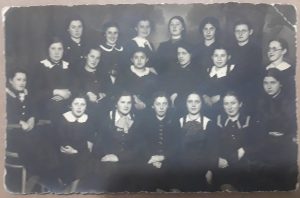
A teachers’ seminary opens in Czernowitz, Bukovina (now Ukraine), under the directorship of the German-trained Esther Hamburger (later Gross).
1935
Bais Yaakov publications list numbers of schools and pupils for: Poland (225 schools, 27,119 pupils); Czechoslovakia (18 schools, 1569 pupils); Romania (18 schools, 1292 pupils); Lithuania (16 schools, 2000 pupils); Austria (11 schools, 950 pupils)
1936
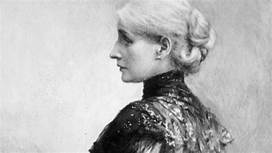
With the guidance of Bertha Pappenheim who visited Poland the previous year and consulted with Bais Yaakov leadership, Eliezer Gershon Friedenson opens Ohel Sarah in honor of Sarah Schenirer, a vocational training institute in Łódź, where students earn certificates in business, secretarial skills, hygiene, childcare, & nursing while taking classes in Jewish subjects. At its height, it has 300 students
1936
Beth Jacob of Antwerp is founded as an extension of Jesode-Hatora, a boys’ school founded in 1894. The girls’ school attracts many refugees from Nazi Germany. The two schools now have over 700 students.
1936
Bais Yaakov seminary is established in Tel Aviv
With time, and the rise of antisemitism in Europe, communication between the Jewish communities of the British Mandate and Eastern Europe strengthened. Religious leaders in eastern Europe became involved with the Zionist leadership in the land of Israel and found means of collaboration, making the Aguda a natural partner with the Zionist leadership. This also widened the gap between the Aguda and the old Yishuv. With increased Jewish immigration from Eastern Europe, where Bais Yaakov was popular, a seminary for teachers training was established only three years after the first Bais Yaakov was introduced to the community. The beginning was not easy, and Meir Sharansky, the seminary principal, described the first year and “five students and nine teachers”.
1937
2000 Bnos members attend the national convention in Łódź. At its height, the Polish youth movement (which also includes Basya, a youth movement for younger girls) has around 300 groups, with 15,000 members.
1938
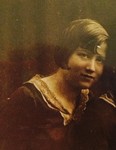
Vichna (Eisen) Kaplan, a student of Sarah Schenirer’s who attended the seminary beginning in 1931, opens the first Bais Yaakov in the United States affiliated with the Polish center in her Williamsburg, Brooklyn, home.
1939
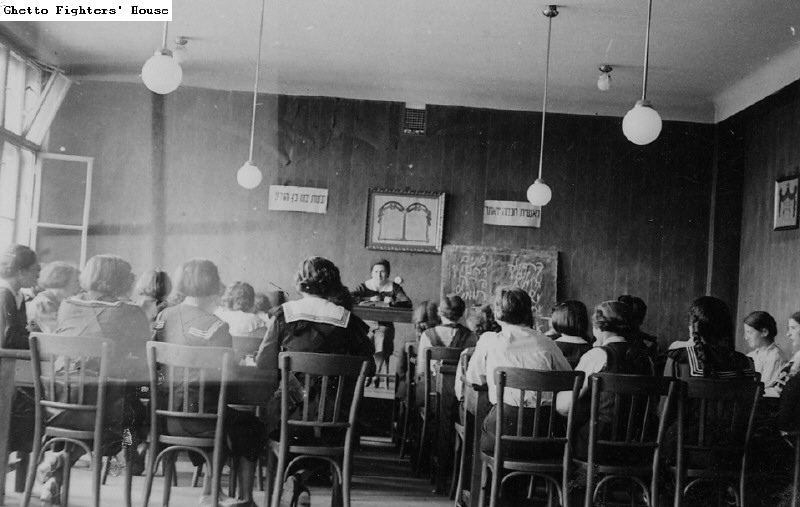
With the outbreak of war, the seminary in Kraków closes its door. Bais Yaakov teachers continue to operate in the cities and ghettoes, often clandestinely, but sometimes officially, running soup kitchens and orphanages along with schools.
1941
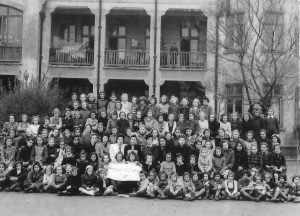
The first of two Bais Yaakovs is founded in Shanghai by teachers and graduates of Bais Yaakov schools in Europe for the refugee community of the city. Enrollment reaches 160 at its height. Teachers include Chana Garfinkel, Basya Safran, and Chaya Bluma Hellman.
1942
Bais Yaakov of Baltimore is founded. Rosalie Taragin and Bettie Rose Cohn comprise the entire student body on the first day of school in June 1942, and the only faculty member is Mrs. Kurt Hess. The class meets in the Anshe Emes Synagogue at 2241 Linden Avenue. By 1943, increasing enrollment necessitates the move to Congregation Zichron Abraham Nachman at 2107 Brookfield Avenue.
1942
Jesode-Hatora Beth Yaakov of Antwerp is closed after the anti-Jewish August raids
1943
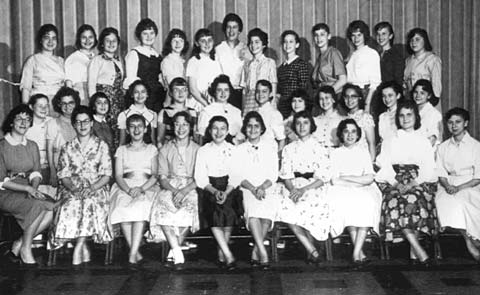
Bais Yaakov Girls School is established in Detroit. In 1991, the Girls School moves into the newly renovated Bnai Moshe Synagogue in Oak Park, central to its students’ community. In 2013, a new building for the high school is completed across the street. In 2019, the Oak Park campus is dedicated as the Nancy Grosfeld Beth Jacob Campus of the Yeshiva Beth Yehudah in honor of Mrs. Nancy Grosfeld.
1944
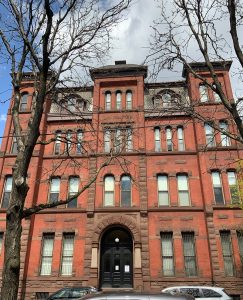
Bais Yaakov of Williamsburg moves into its own building at 143 S. 8th Street.
1945
By 1945, Bais Yaakov of Baltimore has its own home at 4637 Park Heights Avenue, and in 1948, its own 38-acre campus at 4901 Greenspring Avenue. According to its website, “Bais Yaakov now occupied the largest and most beautiful campus of any Jewish day school in the country, thanks to the efforts of so many, including Bais Yaakov’s new Executive Director, Rabbi Samuel J. Labkovsky.”
1945
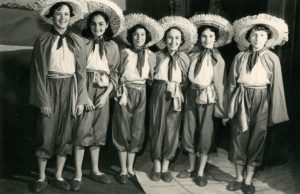
Bais Yaakov of Antwerp is reopened by Auschwitz survivor and Agudah activist R. Shlomo Klagsbald, who reasoned that Holocaust survivors had a duty to revive the Jewish community. With that ambition he gathered the remaining young people and in August 1945 Jesode Hatora-Bais Yaakov reopened with 17 students. Other key figures who also played a crucial role in the rebuilding of the school were Mr. Ringer, Rottenberg, Freilich, Perl and Chief Rabbi Kreiswirth.
1946
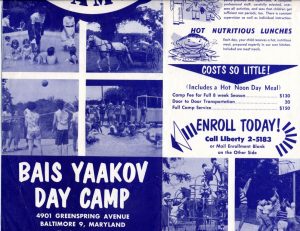
Bais Yaakov of Baltimore, with over 100 students by this point, opens a Summer Day Camp
1949
Neshei Agudas Israel holds its first postwar conference in Antwerp, Belgium
1949
Bait Yaakov daycare and pre-school are established
As an emerging education network, the Bait Yaakov grew fast and required trained teachers who could teach in Hebrew, and who were knowledgeable in both secular and religious subjects. After a decade or more, the network was sufficiently established that early childhood education could be addressed. The original idea of Bait Yaakov, to keep teenage girls from leaving the community and adopting secular practices, was relevant also to Mandate Palestine. And the unique situation in new state of Israel granted the Agudah political power as well as public funding, leading to a rapid expansion of the network on all levels. Still, the emphasis on early childhood Haredi education was weaker than the crucial importance parents and community members saw in elementary and secondary education for girls. Interestingly though, a small daycare called “Ohel Yaakov” was established in Jerusalem in 1936, by Yehudith Noy, daughter of Rabbi Jacob Rosenheim (the founder and president of World Agudah’s founder and president). However, this daycare was not officially affiliated with Agudah and tended to be national-religious rather than Haredi.
1952
In 1952 Bais Yaakov of Williamsburg purchases a former elementary school on Heyward Street for its elementary school. In the same year, Beth Jacob/Esther Schonfeld High School opens on the Lower East Side of Manhattan.
1955
Bais Yaakov of Baltimore burns down, but is rebuilt over the next few years, with an elementary and high school
1965
Jesode-Hatora Beth Yaacov of Antwerp achieves recognition from the Ministry of National Education for their teacher training college
1969
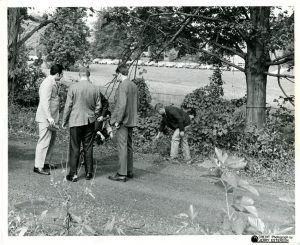
Esther Lebowitz, an 11-year-old Bais Yaakov girl, is abducted and murdered in Northwest Baltimore.
1980
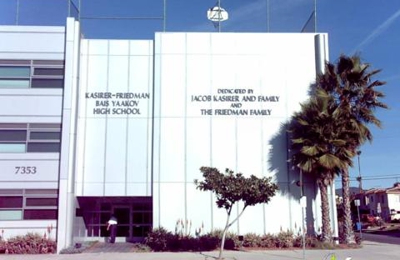
Bais Yaakov of Los Angeles (high school) is founded.
1991
Shalsheles Bais Yaakov is founded in Brooklyn, serving primarily Russian and Bukharian immigrants
1995
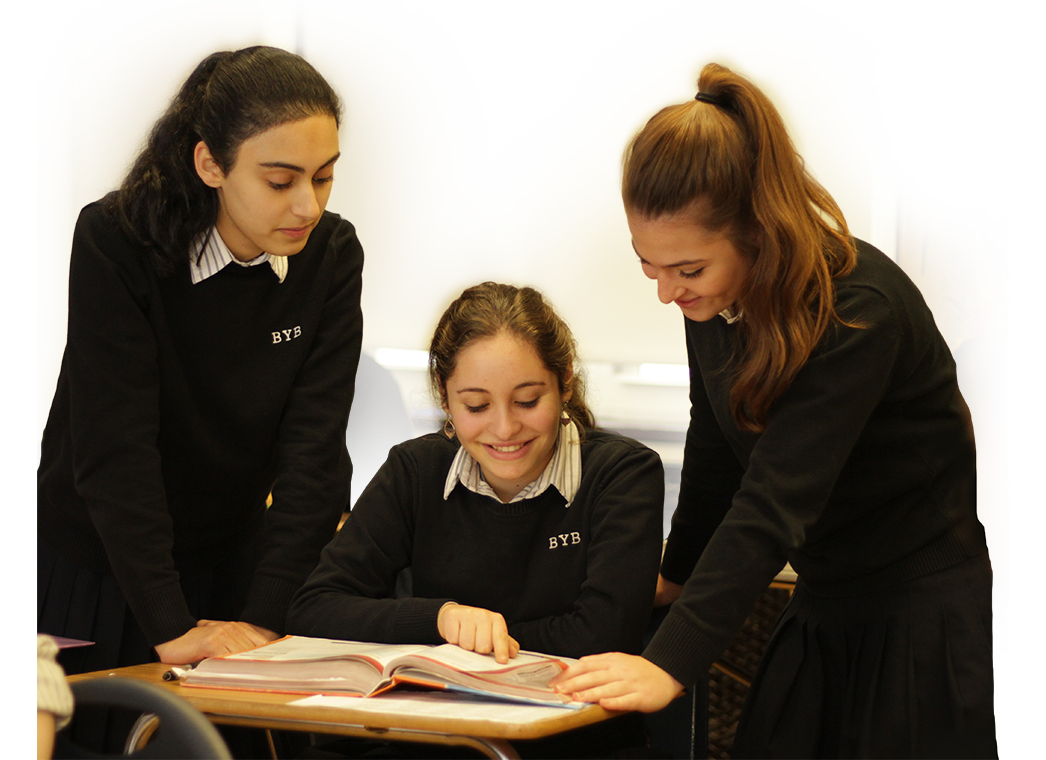
Bais Yaakov of Boston founded, the only all-girls’ Jewish high school in the Boston area.
2000
Bais Yaakov Machon Chen Seminary, the only high school for Jewish girls in Switzerland, opens in Zürich, with 14 students
2010
Bait Yaakov in Immanuel
The Israeli Supreme Court rules against segregation by ethnicity in Bait Yaakov in Immanuel.

